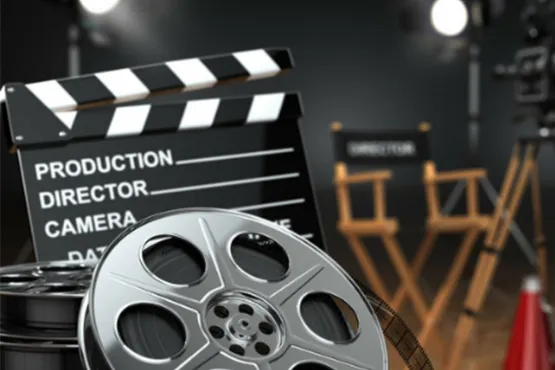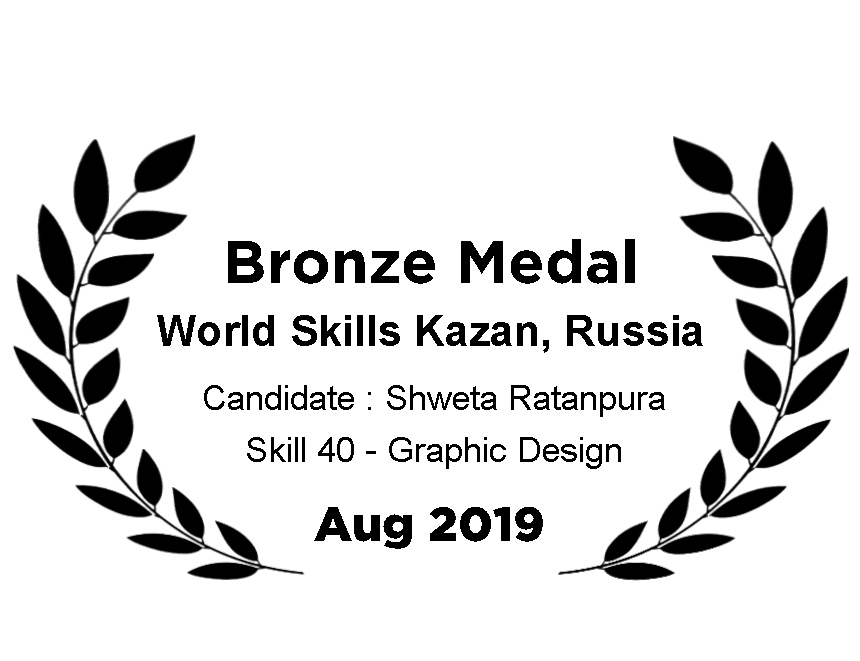
THE HISTORY OF FILM MAKING
Filmmaking is the process of making a film and also the best way to tell your story. Filmmaking involves a number of discrete stages including an initial story, idea, or commission, through screenwriting, casting, shooting, sound recording and reproduction, editing, and screening the finished product before an audience that may result in a film release and exhibition. Filmmaking is an exciting job and is a lot of fun. But how exactly did the filmmaking industry evolve and become what it is today? The History of filmmaking goes back till the late of 19th century. In the year 1872, Eadweard Muybridge began experimenting on capturing moving images. He placed twelve cameras on a race horse track, spread thread across the track, and attached the thread into contact with a camera's shutter. Once the horse ran across the track, its legs broke the threads, causing the cameras to operate in sequence. The ending results were 12 photos showing a horse's gait. With an invention of his called the Zoopraxiscope, he was able to quickly project these images, creating what is known as motion photography and the first movie to ever exist.
The first film for motion photography was invented in 1885 by George Eastman and William H. Walker, which contributed to the advance of motion photography. The 1900’s were a time of great advancement for film and motion picture technology. It was the time when editing, backdrops, and visual flow started being discovered. The first use of animation in movies was in 1899; with the production of the short film Matches: An Appeal by British film pioneer Arthur Melbourne.
Around 1905 ‘Nickelodeon’ started screening movies to the public at an affordable and inexpensive price. The 1920s were the time when the movie industry truly began to flourish with movies being made continuously. And the Hollywood was the birthplace of movies. The earliest and most affluent film companies were Warner Brothers Pictures, Paramount, RKO, Metro Goldwin Mayer, and 20th Century Fox, each of whom owned their own film production sets and studios.
1930’s were the era when sound came in to the picture. After the introduction of sound, new genres of movies like action, romance, thriller, musicals, comedies, horror began to be explored.
It was after the 1970’s that VHS video players, laser disc players, and films on videocassette tapes and discs were discovered, which greatly increased profits and revenue for studios.
The 2000’s have been an era of immense change in the movie and technology industries, and more change is sure to come. There has been an increasing globalization of cinema during this decade, with foreign-language films gaining popularity in English-speaking markets. After James Cameron's 3D film Avatar became the highest-grossing film of all time, 3D films have gained increasing popularity with many other films being released in 3D, with the best critical and financial successes being in the field of feature film animation. As of 2010, the largest film industries by number of feature films produced are those of India, the United States, China, Nigeria and Japan.
For courses in Digital Film Making & TV Production, Animation designing, Visual Effects design and other designing related courses contact:
Design Media & Edutainment School,
4th floor, Office no 3, Atur Chambers, Opposite SGS Mall, Camp 411001
Contact number : +91 9158 295 950
Contact email : enquiry@designskills.com
HOW TO APPLY
Simple Steps To Enroll For Course
-
1

STAGE 01 - COUNSELING PROCESS
Our academic counselor will give you an insight of our unique teaching methodologies, practical-oriented course structure and the various advantages of studying with Design Media & Edutainment School.
-
2

STAGE 02 - CREATIVE QUOTIENT TEST
Students are required to sit for a creative quotient test which has both practical and objective questions. This test is meant to check the creative thinking of a candidate and also serves as a basis for their scholarship from the institution.
-
3

STAGE 03 - ENROLLMENT PROCESS
Once a candidate has completed the previous stages, they are eligible to get enrolled into the course of their choice. Students must submit their application forms and demand drafts to the institution to complete the enrollment procedure.





























